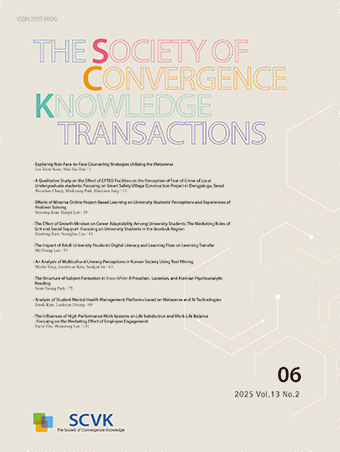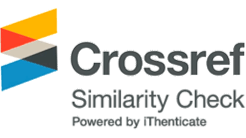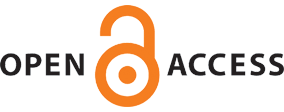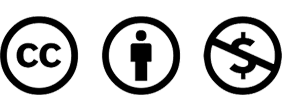Research Article
-
R. Scort, B. Oliver, M. Stu, C. Sean, "Zero Trust Architecture", NIST Special Publication, 800-207, pp. 4-8, 2020.
-
https://www.redhat.com/en/topics/security/what-is-zero-trust -
H. Yuanhang, "A Survey on Zero Trust Architecture: Challenges and Future Trends", Wireless Communications and Mobile Computing, Vol. 2022, No. 1, pp. 1-13, 2022.
-
이후기, "제로 트러스트 보안기술 동향과 적용 방안", 문화정보 이슈리포트, 제2022-6호, 한국문화정보원, pp. 4-5, 12-14, 2022.
-
https://www.ibm.com/topics/zero-trust -
박춘식, "Weekly ICT Trends 주간 기술동향", 정보통신 기획평가원, 제2098호, pp. 2-14, 2023.
-
D. L. V. Bossuyt, B. Hale, R. Arlitt, N. Papakonstantinou, "Zero-Trust for the System Design Lifecycle", Journal of Computing and Information Science in Engineering, Vol. 23, pp. 1-7, 2023.
-
M. Campbell, "Beyond Zero Trust: Trust Is a Vulnerability", Computer, Vol. 53, pp. 110-113, 2020.
-
R. Cheng, S. Chen, B. Han, "Toward Zero-Trust Security for the Metaverse", IEEE Communications Magazine, Vol. 62, pp. 156-162, 2023.
-
https://www.samsungsds.com/kr/insights/zerotrust-0424.html -
H. Liu, M. Ai, R. Huang, R. Qiu, Y. Li, "Identity authentication for edge devices based on zero‐trust architecture", Concurrency and Computation - Practice and Experience, pp. 1-12, 2022.
-
M. Shore, S. Zeadally, A. Keshariya, "Zero Trust: The What, How, Why, and When", Computer, Vol. 54, pp. 26-35, 2021.
-
Z. A. Collier, J. Sarkis, "The zero trust supply chain: Managing supply chain risk in the absence of trust", International Journal of Production Research, Vol. 59, pp. 3430-3445, 2021.
-
M. Lei, H. Daochao, A. Jiahang, Z. Xianwei, L. Fuhong, "A continuous authentication protocol without trust authority for zero trust architecture", China Communications, Vol. 19, pp. 198-213, 2022.
-
D. Suparna, B. Indranil, "Securing IoT Devices Using Zero Trust and Blockchain", Journal of Organizational Computing and Electronic Commerce, Vol. 31, pp. 18-34, 2020.
-
N. Syed, S. W. Shah, A. Shaghaghi, A. Anwar, Z. Baig, R. Doss, "Zero Trust Architecture (ZTA): A Comprehensive Survey", IEEE Access, Vol. 10, pp. 57143-57179, 2022.
-
https://www.nutanix.com/kr/info/what-is-microsegmentation -
https://www.ibm.com/kr-ko/think/topics/privileged-access-management -
이진용, 조원배, 장형진, "제로트러스트 아키텍처 기반의 정보보호체계 구축에 관한 연구," 한국정보처리학회, 제29권, 제2호, pp. 210-212, 2022.
-
https://www.dailysecu.com/news/articleView.html?idxno=153900 -
https://www.vanta.com/products/automated-compliance -
https://www.kisa.or.kr/1050602
- Publisher :The Society of Convergence Knowledge
- Publisher(Ko) :융복합지식학회
- Journal Title :The Society of Convergence Knowledge Transactions
- Journal Title(Ko) :융복합지식학회논문지
- Volume : 13
- No :1
- Pages :87-96
- DOI :https://doi.org/10.22716/sckt.2025.13.1.008




 The Society of Convergence Knowledge Transactions
The Society of Convergence Knowledge Transactions







